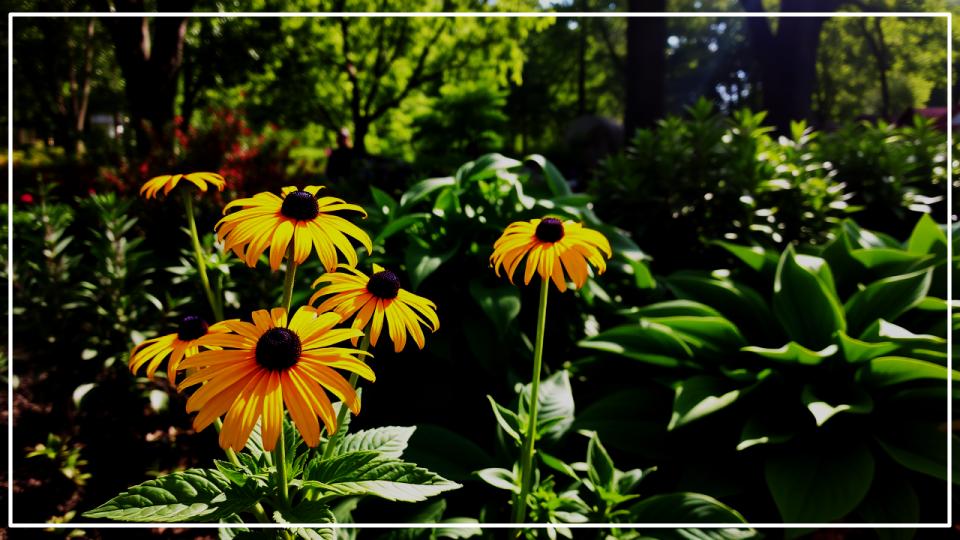
The dream of a lush, beautiful garden can sometimes feel at odds with the reality of our busy lives. We envision vibrant blooms and verdant foliage, but fear the commitment, the learning curve, and the heartbreak of a withered plant. What if I told you that the secret to a stunning garden isn’t about having a “green thumb,” but about choosing the right plants? For every delicate flower that demands constant attention, there is a robust, resilient beauty that asks for very little. These are the tough outdoor plants that form the backbone of a smart, sustainable garden—plants so forgiving, you’d almost have to try to kill them.
In this guide, we’ll explore five of the most durable and dependable plants you can welcome into your garden. These are the tried-and-true selections I recommend to friends and clients who want maximum beauty with minimum fuss. Let’s dig in.
Key Takeaways: Your Path to a Low-Maintenance Garden
Here’s what you need to know about choosing plants that thrive:
- Start with the Right Plant in the Right Place: Match a plant’s needs (sun or shade) with your garden’s conditions for instant success.
- Embrace Benign Neglect: Many hardy plants do better with less water and fuss once they are established.
- Focus on Foliage: Flowers are fleeting, but interesting leaves provide color and texture all season long.
- Invest in Perennials: These plants return year after year, saving you time and money while building a mature, beautiful garden.
1. The Upright Stonecrop (Sedum ‘Autumn Joy’)
A true four-season workhorse, the Stonecrop is one of the most reliable low-maintenance perennials you can find. While there are hundreds of varieties, the upright ‘Autumn Joy’ is a classic for a reason. Its succulent, blue-green leaves look handsome from spring through summer, before forming dense broccoli-like heads that bloom into soft pink flowers in late summer, eventually deepening to a rich, coppery red in the fall.
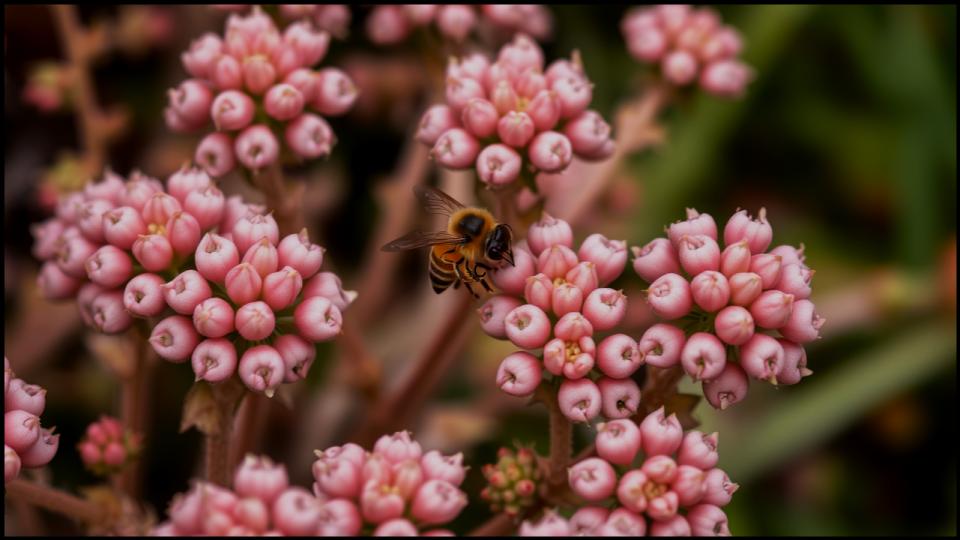
Why We Love It
What makes ‘Autumn Joy’ so exceptional is its resilience. It scoffs at drought, poor soil, and sweltering heat. I’ve had clumps in my own garden for over a decade that have never once been coddled, yet they perform flawlessly year after year. The dried seed heads even provide wonderful structure and interest in the winter garden, catching the snow beautifully.
Growing Guide & Care
- Sun: Give it full sun. At least six hours of direct sunlight is essential to keep it from flopping over. This is one of the best full sun perennials for hot, dry spots.
- Soil: It’s not picky, but it absolutely must have well-drained soil. Sandy or gravelly soil is perfect. According to the Missouri Botanical Garden, it tolerates poor soils and is a great choice for areas where other plants struggle.
- Water: Once established, it is profoundly drought-tolerant. Water it when you first plant it, then mostly forget about it unless you’re in a prolonged, severe drought.
Design Ideas
Plant ‘Autumn Joy’ in large drifts in a border for a powerful visual statement. It pairs wonderfully with ornamental grasses, Russian Sage (Perovskia atriplicifolia), and Coneflower (Echinacea), creating a stunning, low-water tapestry of texture and color.
2. The Shade-Loving Hosta (Hosta spp.)
For those shadier corners of the garden where nothing seems to grow, the Hosta is your answer. Prized for its magnificent foliage, which comes in every shade of green, blue, and gold, this plant offers effortless elegance. From the giant, puckered leaves of Hosta sieboldiana ‘Elegans’ to the slender, variegated leaves of ‘Guacamole’, there is a Hosta for every style and space.
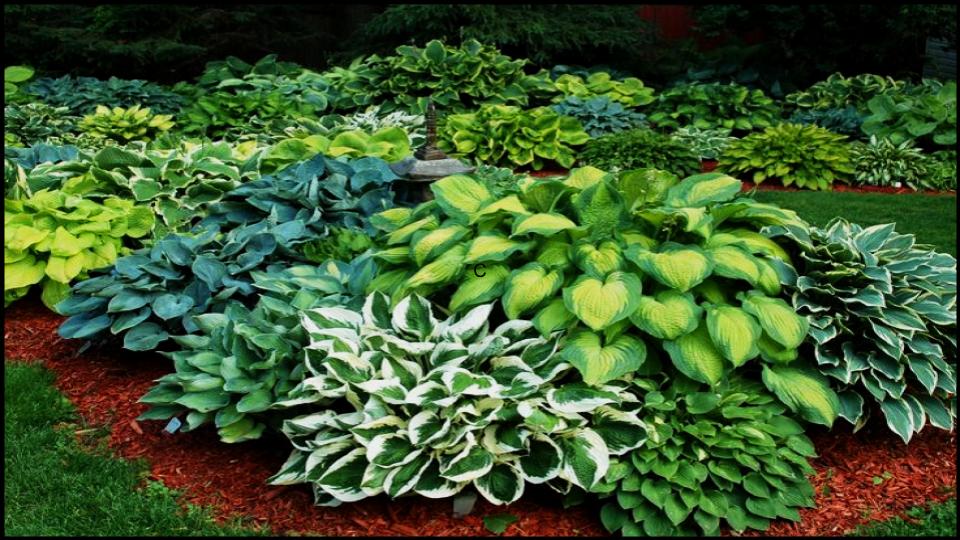
Why We Love It
Hostas are the epitome of a plant that gets better with age. A small plant from a nursery will, in a few years, mature into a lush, sculptural mound. A common mistake I see gardeners make is underestimating their eventual size. My go-to advice is to read the plant tag carefully and give them plenty of room to unfurl their beautiful leaves. They are champions of the shade garden, filling it with light and texture.
Growing Guide & Care
- Sun: Dappled or full shade is ideal. Some varieties with yellowish leaves can handle a bit more sun, but the classic blue-leaved types develop their best color in the shade.
- Soil: They prefer rich, moist, well-drained soil but are remarkably tough and will tolerate less-than-ideal conditions. Amending your soil with compost before planting will give them a great start.
- Water: While they appreciate consistent moisture, established Hostas can handle periods of dryness surprisingly well.
- Pests: The main challenge is slugs and deer. A simple slug trap or a pet-safe slug bait can solve the first problem. For deer, a repellent spray is usually effective.
3. The Cheerful Black-Eyed Susan (Rudbeckia hirta)
Nothing says “summer” quite like the sunny, golden-yellow face of a Black-Eyed Susan. This native prairie plant is the definition of cheerful resilience. It’s a powerhouse bloomer, often flowering from mid-summer right up until the first frost, providing a long-lasting source of color and a feast for pollinators.
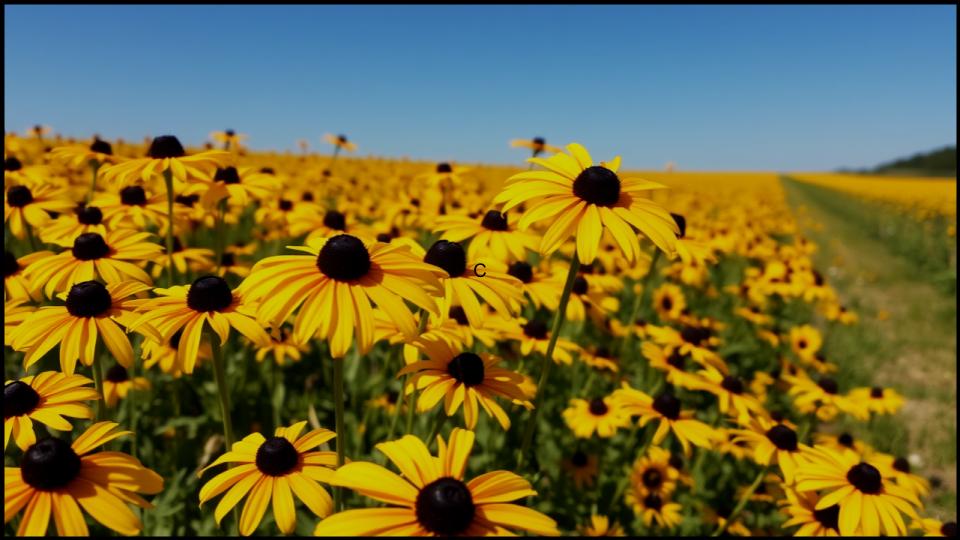
Why We Love It
I love planting Black-Eyed Susans because they offer instant gratification with almost no effort. They are perfect for new gardeners looking to build confidence. While many varieties are technically short-lived perennials or biennials, they self-seed so politely that you’ll have a continuous, natural-looking colony for years to come without them ever becoming a nuisance.
Growing Guide & Care
- Sun: Full sun is a must for a spectacular show of blooms.
- Soil: It adapts to a wide range of soils, from clay to sand, as long as it isn’t constantly waterlogged. According to the Clemson Cooperative, they are tolerant of heat, humidity, and drought once established.
- Water: As drought-tolerant plants, they require very little supplemental water after their first few weeks in the garden.
- Maintenance: The only task is to deadhead the spent flowers if you want to prolong blooming, but I often leave the last seed heads of the season for the goldfinches, who adore them.
4. The Indomitable Lilyturf (Liriope muscari)
If you need a plant that can truly handle it all—deep shade, foot traffic, dry soil, and tree roots—look no further than Lilyturf. This isn’t a true grass but a member of the lily family, forming dense, evergreen clumps of strap-like leaves. In late summer, it sends up spikes of violet-purple flowers, followed by black berries.
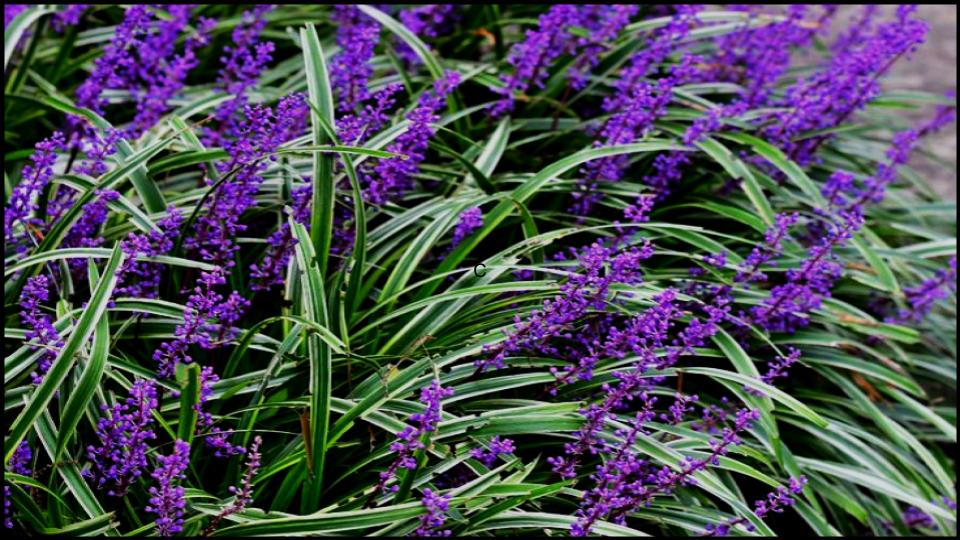
Why We Love It
Lilyturf is the ultimate problem-solver. I’ve used it countless times to create elegant, low-maintenance groundcovers under large trees where grass simply refuses to grow. Its ability to form a dense mat helps suppress weeds, and its evergreen nature means your garden has color even in the dead of winter. It’s an incredibly practical and handsome plant.
Growing Guide & Care
- Sun: It will grow in anything from full sun to deep shade, making it one of the most versatile plants available. Its foliage color is often richer in shadier spots.
- Soil: It’s tolerant of almost any soil type.
- Maintenance: The only maintenance it may need is a “haircut” in late winter. The NC State Extension suggests mowing or trimming the foliage back to about 3 inches before new growth emerges to refresh the planting and remove any winter-tattered leaves.
Design Ideas
Use it as a formal edging along a walkway or garden bed for a clean, tidy look. Plant it en masse as a tough, beautiful lawn substitute in a shady area, or use it to stabilize soil on a slope.
5. The Timeless Peony (Paeonia lactiflora)
Including the Peony on a list of tough plants might surprise you, but these garden aristocrats are far more rugged than their billowy, romantic blooms suggest. A well-placed Peony is a lifetime investment; they are known to live for over 100 years with minimal care. They are deer-resistant, exceptionally cold-hardy, and, once established, very drought-tolerant.
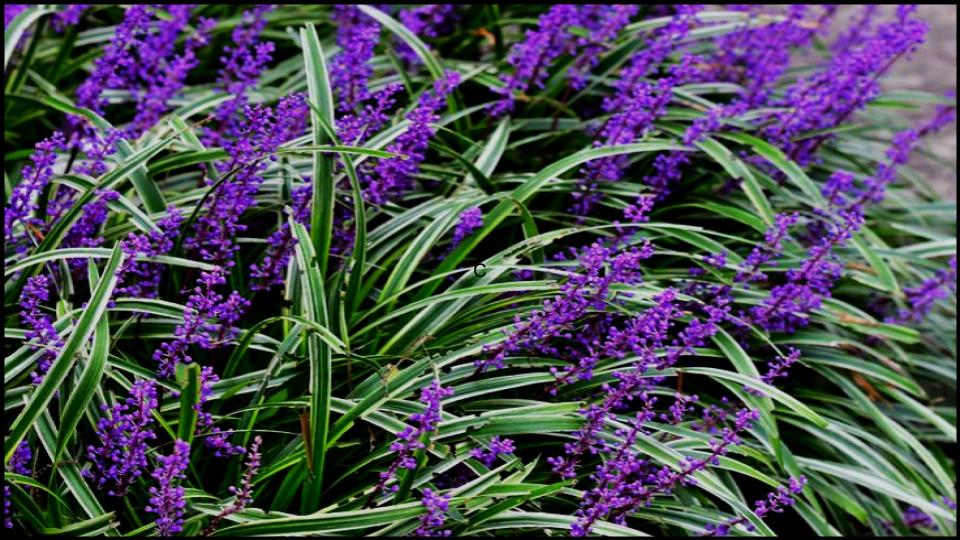
Why We Love It
There is a certain magic to a Peony. For about two weeks in early summer, they produce some of the most spectacular flowers in the plant kingdom. What many don’t realize is that after the show is over, their deep green, dissected foliage remains handsome and shrub-like all season long, providing a beautiful backdrop for other plants. In my experience, the number one key to success is planting them at the correct depth—no more than 2 inches deep.
Growing Guide & Care
- Sun: Full sun is required for abundant flowering.
- Soil: They need well-drained soil. Planting them in a spot with good air circulation also helps prevent the fungal disease botrytis.
- Planting: As the University of Georgia Extension emphasizes, planting depth is critical. The “eyes” (growth buds) on the roots should be no more than 1.5 to 2 inches below the soil surface. Plant them too deep, and they will fail to bloom.
- Support: Double-flowered varieties can be top-heavy, so providing a peony ring or other support early in the season will keep the magnificent blooms from flopping after a spring rain.
A Garden That Gives Back
Choosing plants that are resilient and suited to your environment is the surest path to a garden that you can enjoy without being a slave to. These five tough outdoor plants are not just survivors; they are beautiful, elegant additions that will reward you with flowers, foliage, and structure year after year. By making smart choices from the start, you create a garden that works with nature, and with your life. So go ahead, plant with confidence, and watch your effortless garden grow.
Read More
How to Make Your Dipladenia Bloom Like Crazy—Even in Cooler Climates
